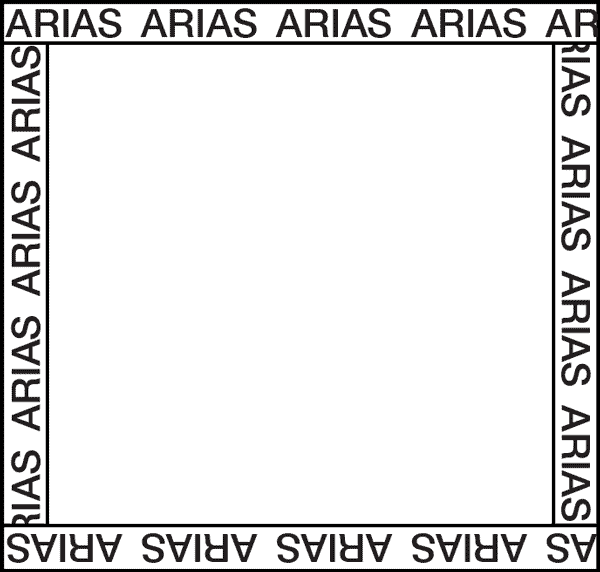How can (interior)architecture improve the living conditions and quality of life for people with dementia?
Keywords: Alzheimer, Architecture, Interior architecture, Enrich environment, Stimulating spaces, Interactive environment, Dementia Hapticity, Sensory experiences
Henri Snel established the Alzheimer-Architecture office to conduct research into the living conditions of Alzheimer’s patients from an architectural viewpoint. His projects often involve students from different educational institutions, like the Gerrit Rietveld Academie and (scientific) specialists in cross-over collaborations. With Alzheimer-Architecture, Snel contributes to existing efforts to design ‘perception places’ that stimulate and activate residents. In his designs, his aim is to reduce unnecessary incentives and encourage meaningful incentives to stimulate physical activity. His research is currently focused on designs for wayfinding in public space for people with dementia, together with the municipality of Amsterdam and the Odensehuis a dementia daycare centre. Moreover, he works on a research project in relation to touch, colour and object in a semi-public space in different care homes in the Netherlands.
Other partners: Gemeente Amsterdam (stadsdeel Zuid); Odensehuis Amsterdam-Zuid; Dementie Museum; Ben Sajet centrum; Huis van de Tij

Platform for Research through the Arts and Sciences

